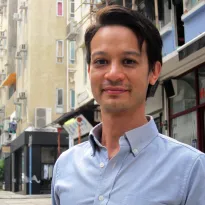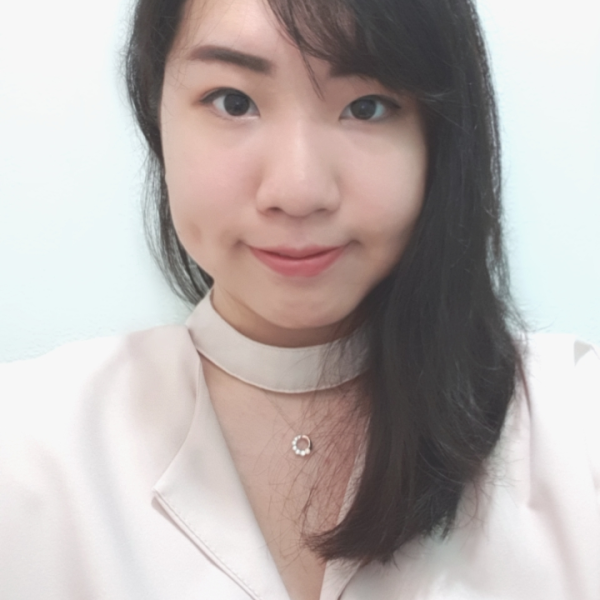
Hyperdensities, Chinatown, NSW
University of Technology Sydney - Semester 2 2019.
Project Description
How will we plan and design for nature in growing hyperdense cities?
With a lens to the future, this landscape architecture studio imagined nature’s place in growing high density urban areas. Specifically, this studio examined Sydney’s rapidly developing Chinatown district and explored the intersection between novel public spaces and ecologies. To understand and conceptualise urban landscapes in high density living, the studio involved a 2-week field trip to Hong Kong, (with additional funding secured from the Australian Government’s New Colombo Plan), serving as an existing case study of high-density living and where surprisingly nature finds ways to survive and thrive in unexpected tiny pockets of the city. For students, this was an opportunity to creatively speculate and critically pragmatise strategies to enhance ecological systems and nature’s place in Sydney’s densifying urban landscape.
This studio challenged students to consider the future of landscape architecture in growing high density cities. Lessons from Hong Kong sought to challenge preconceived notions of nature in cities where surprisingly ecosystems continue to exist behind the scenes. This was an important case study for the subject and learning opportunity to understand the challenges of hyperdense living in Hong Kong that Sydney planning will face in the future. As increasingly complex high density cities emerge and evolve, understanding where and how novel ecosystems can thrive in these places will be vital to the future of liveable and healthy cities.
Location
Learning Methodology
This studio is run as an intensive studio with 2 full days of contact hours throught 7 weeks. The students will be immersed in the community having an opportunity to take all lessons at the Community Hub allowing the students to experience the area in depth. The studio is open to all built environment disciplines with assessment strategies adapted to allow skill development and evaluation based on their future role as placemakers.
Students will work collaboratively in small groups to plan, design and implement strategies for community engagement. Then, their designs will reflect and respond to the community perceptions gathered during this engagement. Each group will be expected to manage their budget, safety and policies of the Newport area.
It is expected that students enrolling into this studio will be able to develop the following placemaking skills:
How does this studio match PlaceAgency Objectives?
This studio created an opportunity for students to have potentially transformative experiences and to re-evaluate their roles as landscape architects. With ecological systems central to the subject, this studio focused on the relationship between ecological places in cities and the relationship these places have with society and culture. This studio was also able to consider place form a non-western perspective and explored informal placemaking in the public realm.
Activities – Studio Outline
| Activity | Description | Key dates for activities | Key learning objectives |
|---|---|---|---|
| Introduction | The semester begins | 5-July | context |
| Hong Kong Field Trip | A two week field trip to observe ecologies emerging in a hyper-dense city | 12-26 July | observation and spatial analysis skills |
| Exhibition | Showcasing the student’s work re-imagining ecologies in China Town | 28-Nov to 2-Dec | verbal communication and humility |
Students
The following students are enrolled in this studio and have chosen to appear on the Place Agency website. You may access more information about them and their interests by clicking each of their photos.
This subject is available to students enrolled in The University Of Melbourne throughout Semester 2 2019. You can access the handbook by clicking here where you will be able to find more information about the studio.
Lecturer/Studio Leade

Andrew Toland

Penny Allan
Project champion

University of Hong Kong
Disciplines
- Landscape Architecture









